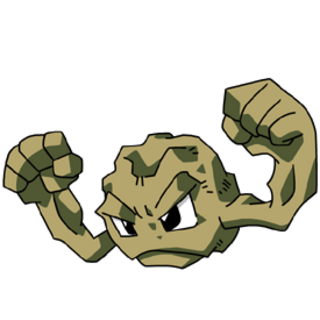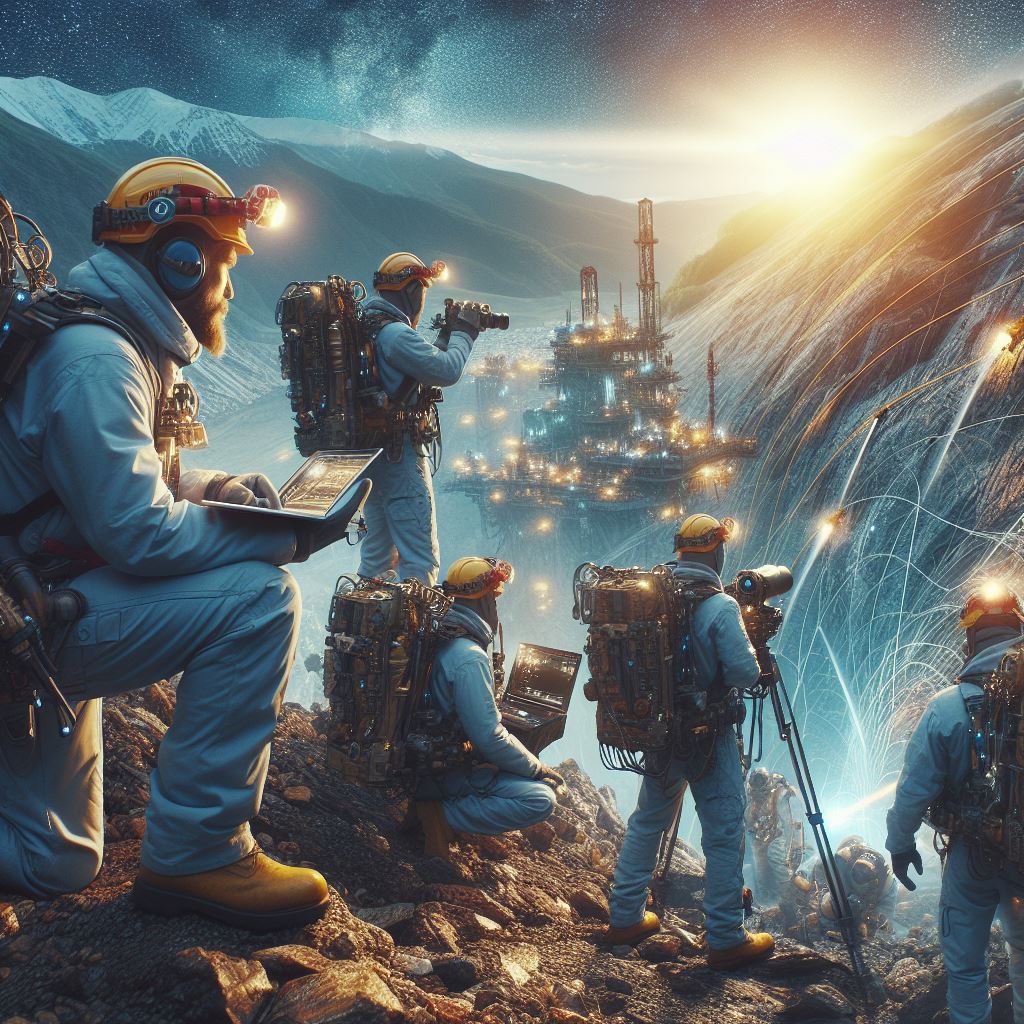And the vent still leaks
geogle
An aging Geodude…lemmy not gather much moss
- 0 Posts
- 21 Comments

 3·2 months ago
3·2 months agodeleted by creator

 9·2 months ago
9·2 months agoIt’s being audited

 7·2 months ago
7·2 months agodeleted by creator

 5·3 months ago
5·3 months agothose fiddly atoms and quarks

 94·3 months ago
94·3 months agoNo. It’s a flat approximation. The short answer is that once you take account for topography, your answer will always grow with surface resolution, and thus the actual surface area of rough topography is undefined.

 1·4 months ago
1·4 months agodeleted by creator

 16·4 months ago
16·4 months ago*over 100s of Millions, but what’s an extra zero amongst Internet friends

 551·4 months ago
551·4 months agoIt’s both!
Triassic: Giant Lizards --> Cretaceous: Giant Birds

 5·8 months ago
5·8 months agoAnd it still shows a right handed model.
Plate tectonics. Blame PT.

 3·11 months ago
3·11 months ago
Took a little more prompting ‘geologic search’
Warm could also translate to “cozy” or overall “hue”. Neither would necessarily pick the indoor photos. I don’t think you need to be neurodivergent to be confused, maybe just a little more artistically minded.

 32·1 year ago
32·1 year agodeleted by creator
Still would be quite difficult. We think about 90% of accessing magma never makes it to the surface simply because it loses overpressure. It mostly comes down to how vicious the mama is and what it’s overall volatile content. All is which is dependent on the magma temperature, access to water, and silicate composition.
Probably still won’t work unless there is serious overpressure in the area from some dynamic loading in the mantle. First off, no part of the mantle is naturally fluid at depth. The closest is the asthenosphere, at around 200 to 400 kn depth. This is still solid, but more like a soft wax. That too, the material is made of peroxides and has a density of between 5 to 15 percent higher than the granitic crust at depth and limestone that makes up the shallower crust of Indiana. Thus, it would be analogous to a whole in a wooden plank floating on a sea of dense soft wax…the wax won’t likely push through.
However, if you add water to the system while maintaining the heat, you can start to fluidize the gooey rock, and eventually it will reduce density enough to start creeping upwards. If you mix it deep enough and we’ll enough, you can start creating small steam bubbles within that will continue to grow as the rock ascends, further increasing the pressure (like a bubbly bottle of champagne). This will drive further upward pressures allowing for a surface eruption and formation of a volcano.
Source: am geophysicist and play(work) on volcanoes…just not in Indiana

 3·1 year ago
3·1 year agodeleted by creator


Today?